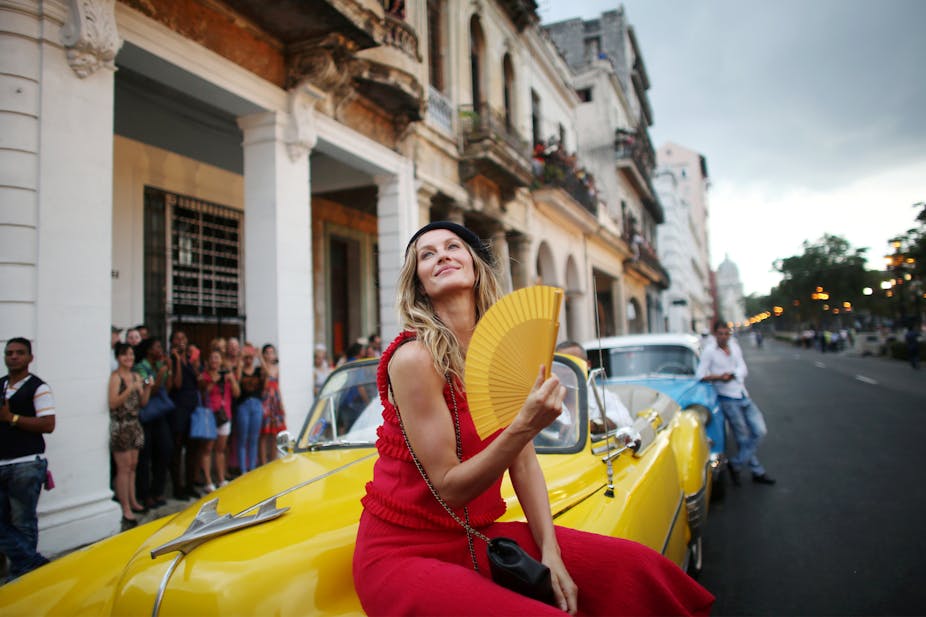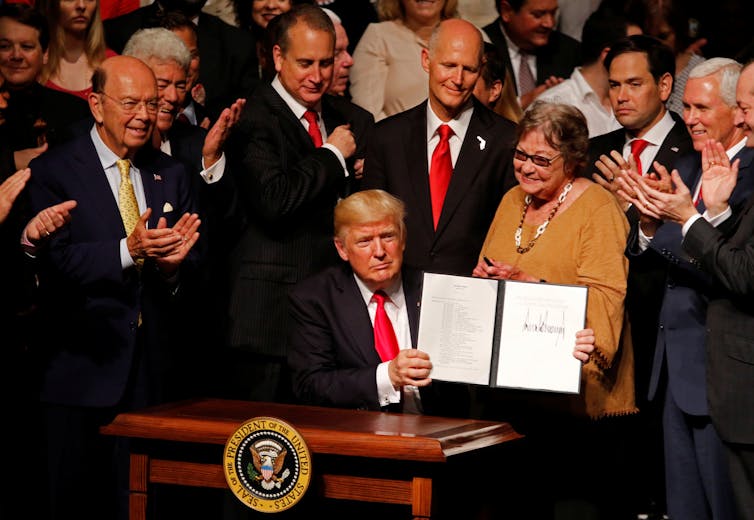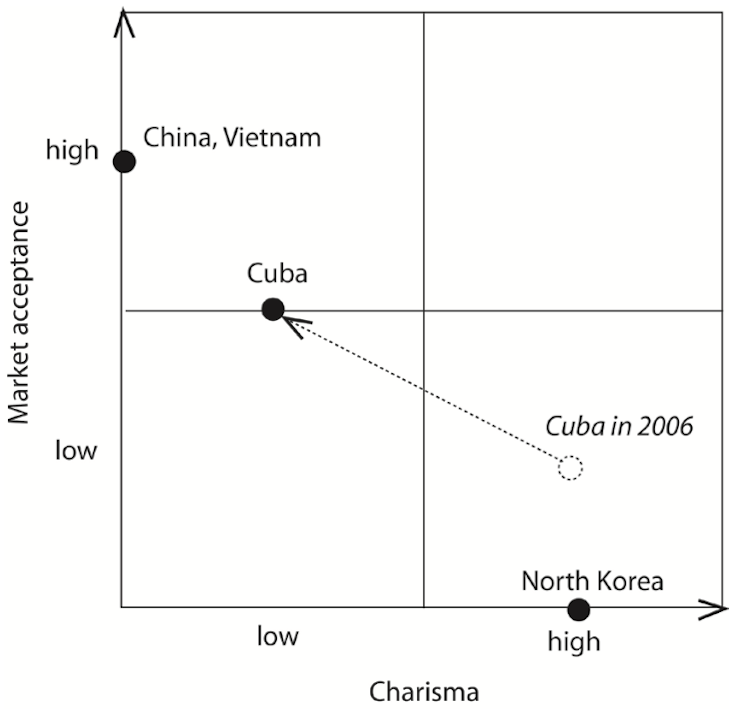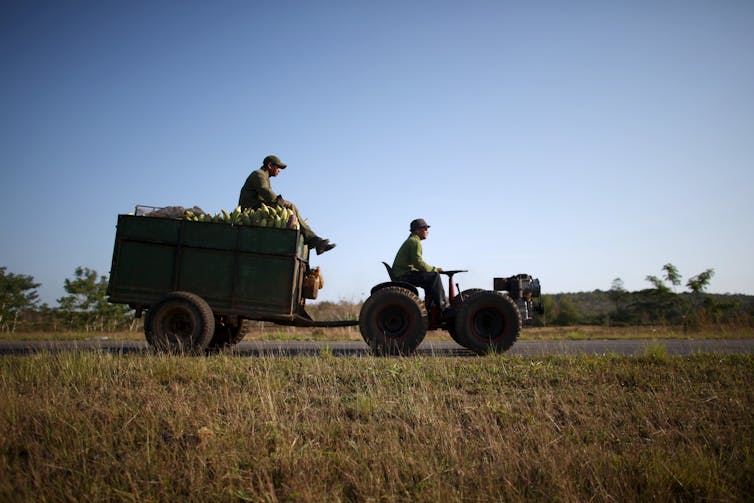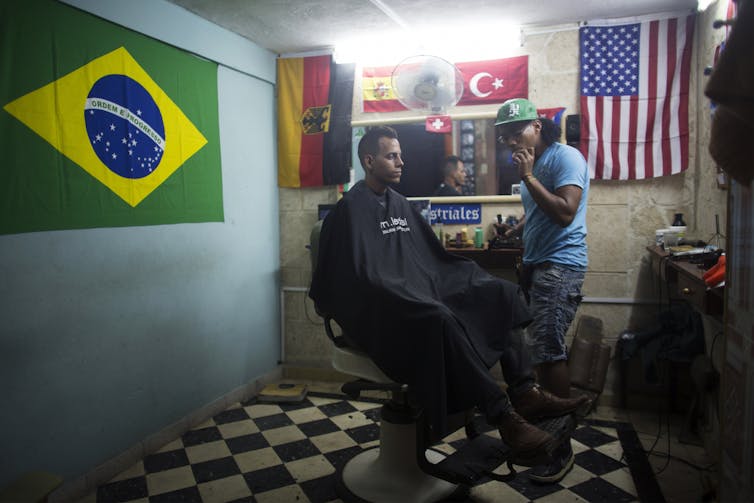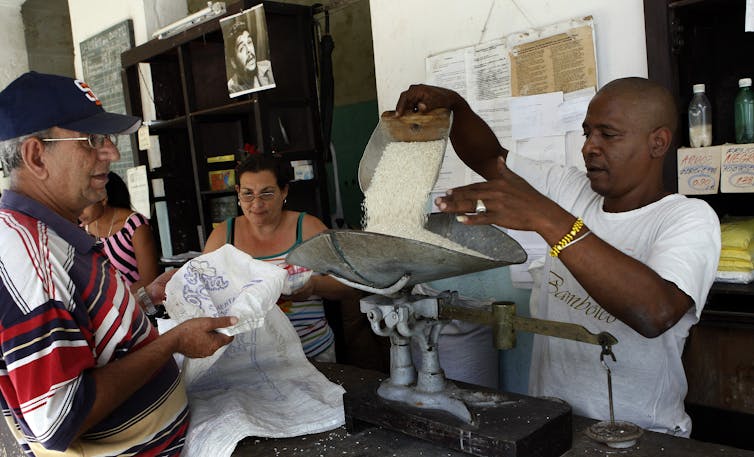The coronavirus pandemic provides an opportunity to address homelessness
Timothy Martin,
As emergency shelters and encampments emerge in cities across North America, the public has been confronted with a more visible homeless population as a result of the COVID-19 pandemic. Unfortunately, this has led to several crusades aimed to —

I research public responses to homelessness, and I believe that we can do better. Through education and dialogue, we can begin to recognize that we all want the same thing: the end of homelessness, safer neighbourhoods and adequate housing for all.
With several years of experience involved in coalition work alongside Ontario’s street-involved population, my doctoral research examines processes of mourning as ways to mobilize public understanding and togetherness.
Homelessness need not be viewed as an inevitable part of the fabric of North American society. It was not always omnipresent, and need not continue to be. It has only really become pervasive, and increasing since the 1980s in Canada. Research has argued that it is preventable.
Policies produce homelessness
Today’s housing crisis is a result of particular policies that are neither inevitable nor intractable. Yet, perhaps most unfortunately, the collective response has too often included blaming, criminalizing and stigmatizing people experiencing homelessness.
No longer can we covertly warehouse working-class people experiencing any mixture of bad luck, addictions, mental health challenges and trauma produced by historical oppressions that are difficult to define.
The spread of COVID-19 through the shelter system is well-documented, though it took a lawsuit for the City of Toronto to take action. And still, several Canadian cities threaten the evictions of the most vulnerable from encampments.
Read more: Cities must end homeless camp evictions during the coronavirus pandemic
Various communities made up of outreach workers, nurses and artists — such as the Encampment Support Network in Toronto — meet the material needs that city governments refuse to address. Meanwhile, “dehoused” citizens are shipped off to holding cells in hotels, shelters, community centres and empty apartment buildings, where many already struggling with mental illness or drug addictions are isolated and separated from essential harm reduction services. The results have been disastrous.

What is now emerging is the way in which certain affluent communities have veered toward age-old practices of NIMBYism, fear-mongering and unequal policing. Of course, this is a complex issue.
In a talk she gave at the West Coast Women’s Festival in 1981, social justice activist Bernice Johnson Reagon declared: “We’ve pretty much come to the end of a time when you can have a space that is ‘yours only’ — just for the people you want to be there.” Reagon, a lifelong civil rights activist and feminist, wrote and spoke about the desperate need to engage in coalition work, reminding her audience that coalition work “is not work done in your home. Coalition work has to be done in the streets.”
Medical sociologist Arthur Frank suggests a conceptual persona he calls the dialogical stoic that combines the stoicism of Marcus Aurelius with the dialogical responsibilities adhered to by the Russian philosopher Mikhail Bakhtin. Stoicism is that ability each of us has to choose the best option amid what is sometimes a panoply of difficult circumstances. Frank explains the steadfast commitment to dialogue as a discovery of the suffering of the other, while existing “on the boundary with others.” Frank emphasizes, importantly, Bakhtin’s claim that people are unfinalizable — thus, there is no “last word.” There is no “these types of people.”
Collisions open up opportunities for coalitions. Will we seek to discover the other — their stories, their pain, their gifts — as, like always, we have the choice to do so? Or will we band together with those only like us? Will we stay home or take to the streets?
‘Feel the strain’
There has been some thoughtful writing about the teachable moments offered by the pandemic. Students returning to schools certainly have much to digest and teachers have a great deal of material to draw from as they resume in-person classes.
But what if we began to consider the teachable moments offered to all of us, even as these opportunities present themselves in public spaces? Cultural critic Henry Giroux describes this as public pedagogy, arguing that classroom learning needs to spill out into “social movements in the streets.”
These are certainly uncomfortable moments. But, as Reagon reminds us: “If you feel the strain, you may be doing some good work.”
This article is republished from The Conversation under a Creative Commons license.
Timothy Martin does not work for, consult, own shares in or receive funding from any company or organisation that would benefit from this article, and has disclosed no relevant affiliations beyond their academic appointment.

